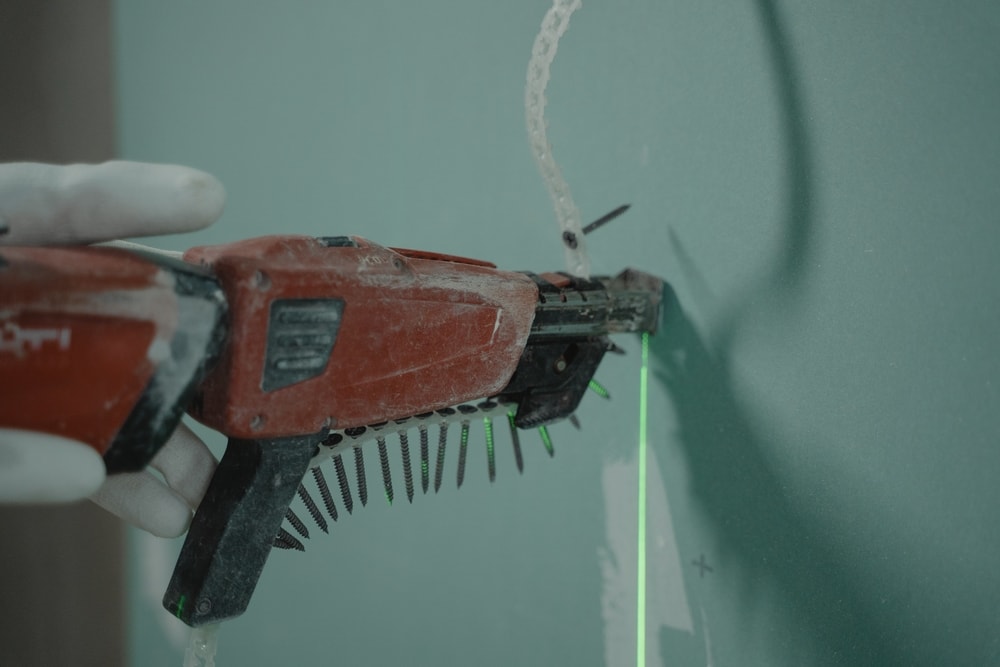Vines Intertwined
A number of friends and clients recently shared with me that, after learning that my partner and I go out on regular date nights, they began making date night part of their schedules as well. What a happy occurrence! It makes me smile to know that these couples are out chatting over dinner and enjoying each other instigated by my partner and I enjoying a regular date night.
With that said, I thought it worthy of taking this opportunity to share some food for thought about why fun habits like date night are not an indulgence, but a necessity.
Before we hone in on our personal experience as partners, a broad sociological perspective sheds some light on the state of committed partnerships as a whole. We regularly hear such phrases as the “decline of marriage” or “soaring divorce rates” on the news and in popular culture. As a coach, I am less interested in the institutional or political concerns and more interested in the individual’s experience of happiness and fulfillment in her or his chosen partnership. However, some studies do bear sharing.

According to a study published in 1998, only one-third of marriages were rated “happy” by the partners and intact after 16 years. Other longitudinal studies demonstrate that generally the longer we are married, the less happy we are in our marriage. Research on other types of committed partnerships beyond heterosexual marriage is sparse, but other sociological research, including that of Dr. Helen Fisher, points to a phenomenon of waning attraction between partners as time goes on. With the research about the happiness of individuals in long-term committed partnerships indicating a bleak future for those of us who are partnered or looking to be partnered long-term, what is a happiness-seeking, fun-loving dyad to do!?
At least part of the answer may be as simple as a regular date night. I can’t avoid saying it: “Couples who play together, stay together.” Who hasn’t yet heard this pop culture mantra? After a collective eye roll in response to the painful word crafting of said cliché, let’s take some time and explore why the phenomenon exists, the truth of the concept, and, if it does indeed exist, what keeps us from employing this ultimately fun strategy for keeping our relationship fresh?
For the factual foundation to this phenomenon and proposed solution, I again highlight Dr. Helen Fisher’s research. In her book, Why We Love, Dr. Fisher demonstrates the phenomenon that early in relationships we produce increased neurotransmitters dopamine and norepinephrine. This happy biochemical occurrence leads us to feel increased motivation along with a boost to our mood and libido. Over time, the level of production decreases and lends to the phenomenon of “settling down” comfortably into a rut.
Research shows, and continues to show, that couples that engage in active and new experiences together are happier over the long-term. It seems as though combating the urge to settle down and resisting falling into that rut are wise moves on the part of the motivated couple.
Now, let me be clear, that doesn’t mean that date night should be at the same restaurant, at the same time every week, ordering the same things and talking about the same subjects. The research suggests that we schedule time to enjoy activities as a couple that are new, novel, active and fun. This includes activities that you may each deem a bit risky. Risky in the sense that they land you out of your comfort zone into the place of growth. Activities that push your edge. Now I am not suggesting that you run right out and schedule your first skydiving tour, but you should explore some activities that broaden each of your horizons.
I propose the concept of collaborative evolution. Collaborative evolution has many facets and playing together addresses a number of them. As I have shared before, we are all constantly changing and evolving personally. With clients, I enjoy regularly singing the praises of curiosity and the importance of regularly looking within.
Collaborative evolution is the idea that we take each other along on our journeys of personal evolution. This doesn’t mean you have to do all the same things and love all of the same activities, but it does mean you are open to different experiences, especially the ones your partner is passionate about! As we remain curious about one another, we maximize the opportunity to grow together, to evolve collaboratively, like vines each growing separately yet intertwined.
You don’t have to call it anything special. You just have to do it! The reality is most of us don’t do it for the most avoidable reasons: lack of planning, the excuse of being overscheduled, simply not making your relationship a priority. Well, research has shown us a fun solution to increasing our happiness as couples, now it is up to you to make it happen!
Here are some practical tips:
Agree with your partner that regular dates are a priority.
Set at least three dates immediately.
Keep up with scheduling. Always have a date to anticipate!
Vary your activities. Perhaps you alternate between each other’s suggested activities.
Keep in mind there is no need to break the bank! Be creative. There are many activities that don’t cost a cent.
Visit Chicago life coaches and get a session in with one of the best life coaches around and transform your life and your partner’s life.
Be open-minded and have fun with it!







